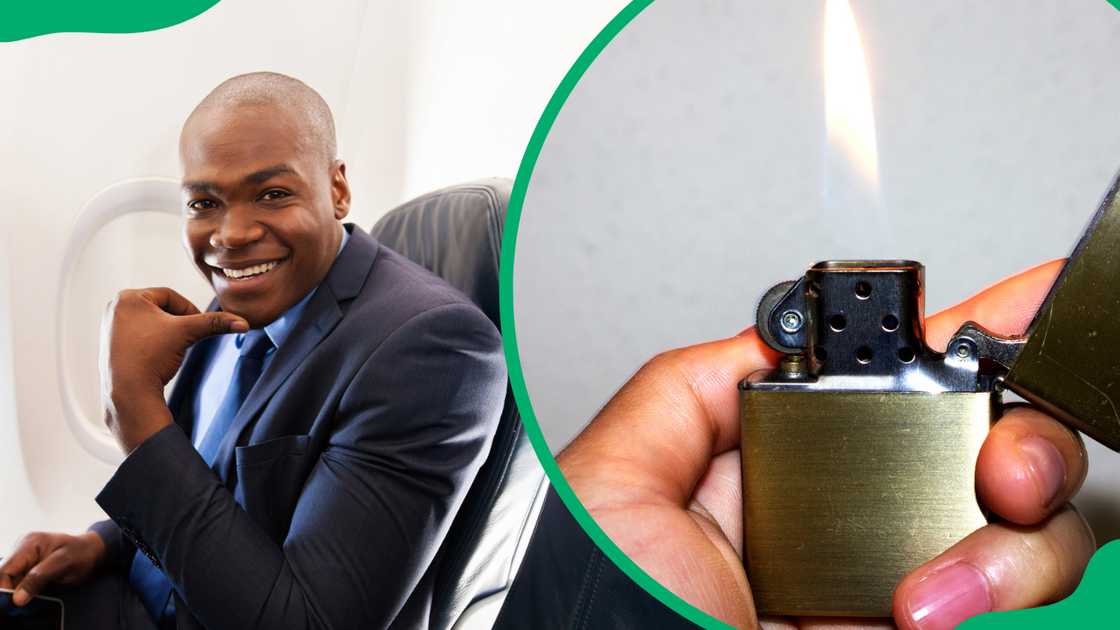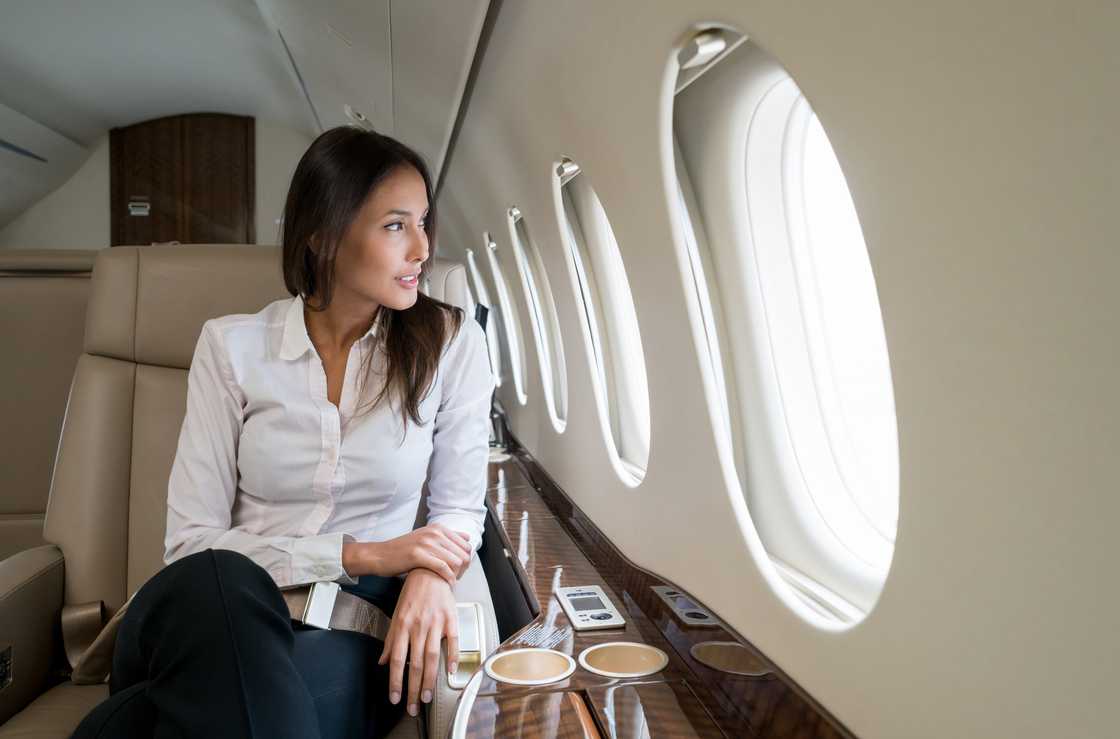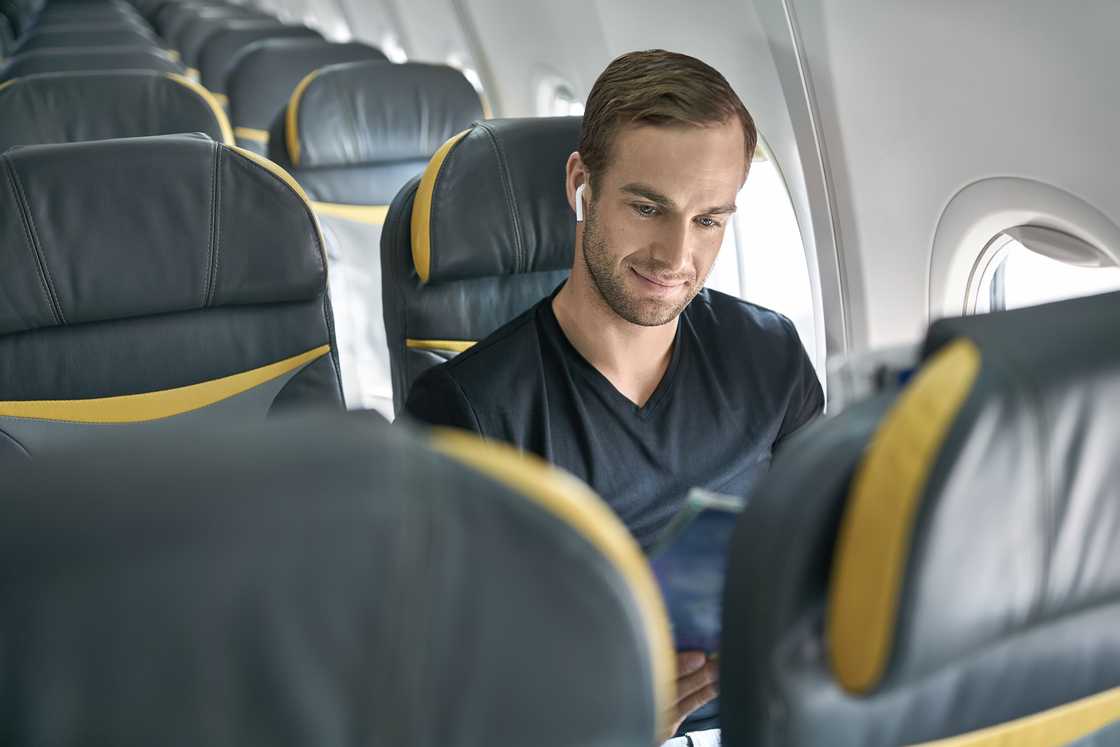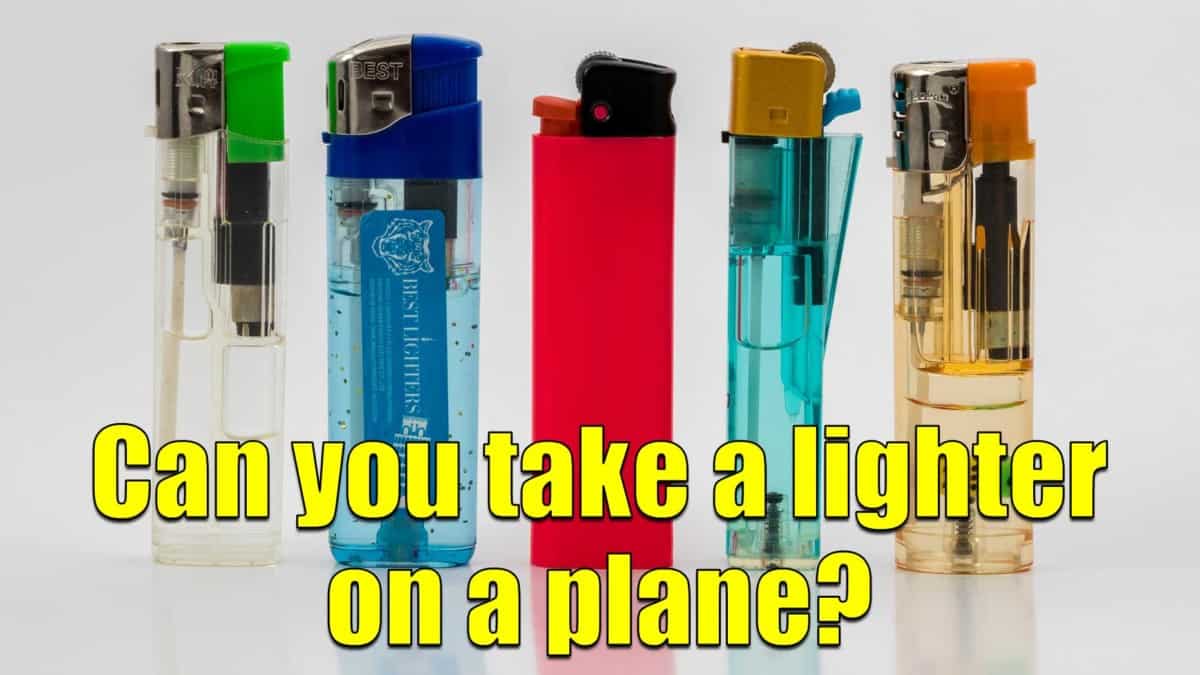Let’s face it—planes are complex machines designed with safety in mind. And when it comes to flying, knowing what you can and can't bring on board is crucial. One question that often comes up is whether you can carry lighters on a plane. Whether you're a smoker or just someone who likes to stay prepared, here’s everything you need to know about traveling with lighters.

TABLE OF CONTENTS
Air travel can be tricky, especially when you're trying to figure out what items are allowed on board. One of the most common questions people ask is whether they can fly with a lighter. Whether you're a smoker, carry a lighter for emergencies, or need one for outdoor activities like camping, understanding the rules around lighters on planes is essential. Let's break it down for you.
Can You Bring Lighters on a Plane?
Yes, you can bring lighters on a plane, but there are rules and restrictions depending on the type of lighter and how you plan to carry it. According to a TSA spokesperson in an April 2023 interview with USA Today Travel:
Read also:South African Tiktok Hustler Tries To Sell Original Stone For Millions
Passengers can bring one disposable lighter in their carry-on baggage, but it’s always a good idea to check with your airline to avoid any confusion at security checkpoints.

Which Lighters Are Allowed on Planes?
The Transportation Security Administration (TSA) has specific rules about which lighters are permitted on planes and how they should be packed. Here's a breakdown of the rules:
- Disposable Lighters: You can bring one disposable lighter in your carry-on luggage. Popular options like Bic lighters are generally allowed on flights. However, if you want to pack one in your checked luggage, it must be placed in a DOT-approved lighter case to ensure safety.
- Zippo Lighters: Zippo lighters can be carried in your carry-on luggage as long as they're empty. If there’s any doubt about whether your Zippo is fully emptied of fuel, it’s best to empty it before packing. Fuelled Zippos are considered hazardous and are not allowed on domestic or international flights.
- Torch Lighters: Torch lighters are strictly prohibited on planes. These lighters produce an intense flame that could pose a serious safety risk during a flight.
- Butane Lighters: Like torch lighters, butane lighters are not allowed in either carry-on or checked luggage. This includes any lighter that uses pressurized gas to create a powerful flame.
What About Lighters in Checked Luggage?
The TSA has strict rules regarding lighters in checked luggage. While you can pack lighters in your checked baggage, they must be empty or placed in a TSA- and DOT-approved container designed to hold lighters safely.
For instance, a disposable lighter like a Bic can be packed in checked baggage if it’s placed in an approved lighter case that prevents it from igniting. Without this container, your lighter will likely be confiscated at security.
Best Practices for Flying with a Lighter

If you're planning to travel with a lighter, following these best practices can help ensure a smooth trip:
- Know the Rules: Before you pack your lighter, make sure you review the latest TSA guidelines or any specific regulations set by your airline. Policies can change, so staying informed is key.
- Limit Your Lighters: Stick to carrying only one lighter in your carry-on luggage to avoid unnecessary complications at security. If you need more than one, consider shipping extras to your destination or buying them once you arrive.
- Use a TSA-Approved Lighter Case: If you plan to pack a lighter in your checked baggage, invest in a TSA- and DOT-approved lighter case. This ensures your lighter is safely packed and reduces the chances of it being confiscated.
- Empty Your Lighter: For certain types of lighters, such as Zippos, emptying the lighter before packing is the safest option. Once emptied, these lighters can be safely packed in both carry-on and checked luggage.
- Avoid Prohibited Lighters: If you own a torch lighter or any lighter that uses butane or pressurized gas, leave it at home. These types of lighters are strictly prohibited, and bringing one to the airport could result in delays or confiscation.
Frequently Asked Questions
Here’s a quick rundown of some common questions about bringing lighters on planes:
- Can You Bring a Bic Lighter on a Plane? According to Travel Pro, you can bring a Bic lighter on a plane, but only in your carry-on luggage. Carrying multiple Bic lighters could cause issues, as airlines generally allow just one lighter per person in carry-on luggage.
- Is a Cigarette Lighter Allowed on a Flight? Yes, cigarette lighters are allowed under specific conditions. Most cigarette lighters, like Bics, can be carried in your carry-on luggage, but they must comply with airline regulations and pass security clearance.
- What Are Some TSA-Approved Lighters? Bic and Zippo lighters are among the TSA-approved options. They can be used only if they're either empty or stored properly.
- Can You Take a Lighter in Hand Luggage? You can take a lighter in your hand luggage, but it must meet TSA regulations. You're allowed to bring one disposable lighter or one book-style lighter in your carry-on baggage.
- Does TSA Care About Lighters? Absolutely. TSA cares about lighters because they pose potential safety risks on planes, particularly the risk of fire or explosion caused by improperly stored lighters.
- Where Should You Put Your Lighter When Flying? The safest place to store your lighter is in your carry-on luggage. This keeps it easily accessible for security checks and minimizes the risk of accidental ignition during the flight.
- Are Electric Lighters Allowed on Planes? Electric lighters, including plasma, arc, and e-lighters, are prohibited in both carry-on and checked luggage due to safety concerns.
So, can you bring a lighter on a plane? Yes, but there are restrictions. Disposable and empty Zippo lighters are allowed in carry-on luggage, while lighters with fuel are prohibited. If you must pack a lighter in your checked luggage, ensure it's either empty or stored in a DOT-approved case. This ensures your safety and compliance with TSA regulations.
Read also:Brad Pitts Love Life A Journey Through His Relationships
DISCLAIMER: This article is intended for informational purposes only and does not address individual circumstances. It is not a substitute for professional advice or help and should not be relied upon for decision-making. Any action you take based on the information presented in this article is strictly at your own risk and responsibility.
READ ALSO: Red-Eye Flight Meaning: How to Prepare, What to Expect, Pros and Cons
Site published an article about red-eye flights, which are air trips that depart late at night and arrive at their destination early the following morning. The term "red-eye flight" comes from the tired, red eyes that passengers often experience due to lack of sleep during these overnight journeys. These flights are common on both domestic and international routes and are often favored by business travelers looking to maximize their time at their destination. Learn how to prepare, what to expect, and the pros and cons of red-eye flights.


